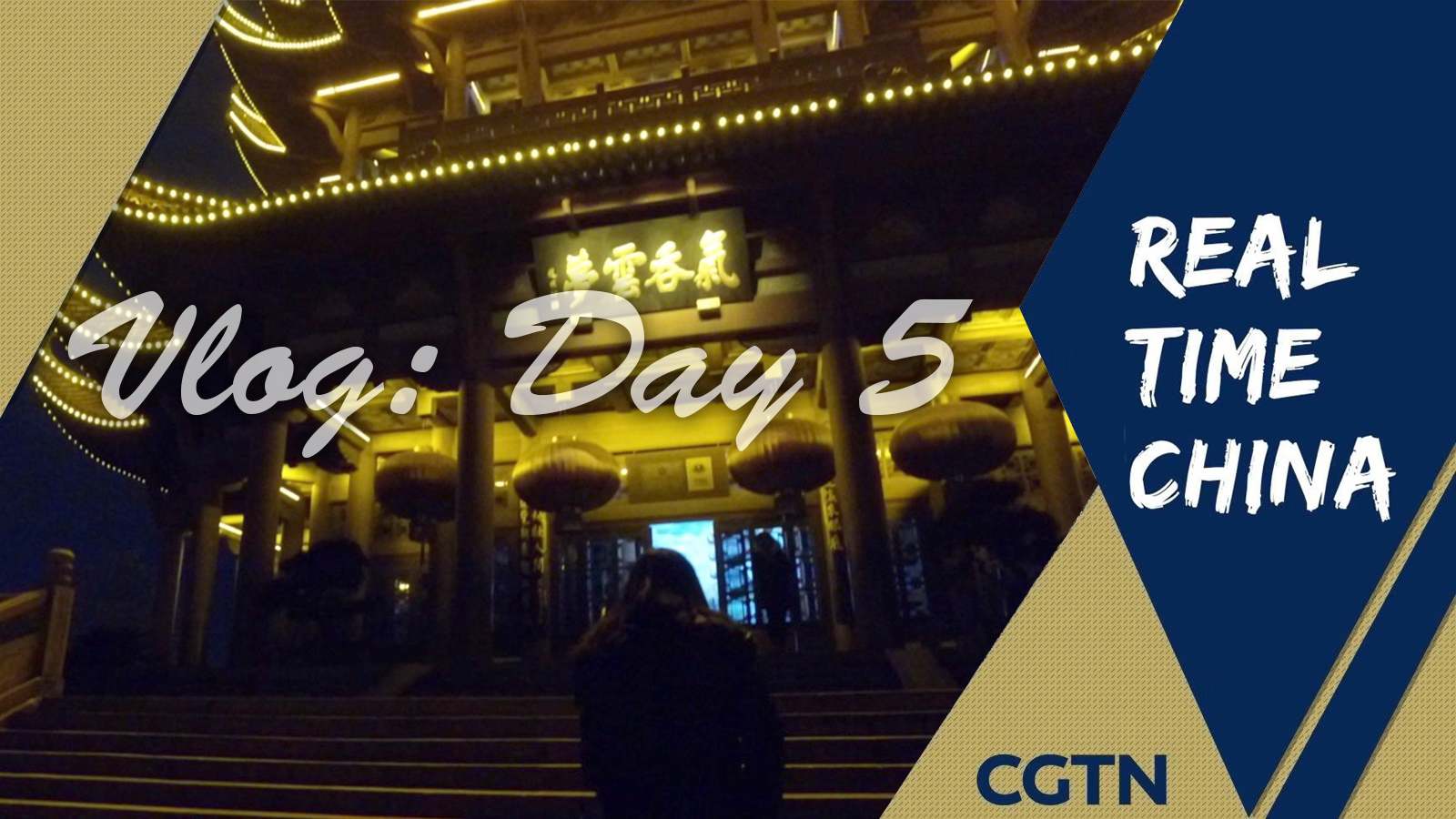
China
17:00, 11-Dec-2018
'Real Time China' Day 5 Vlog: The unchanging elements in the changing China
Updated
16:02, 14-Dec-2018
Yang Xinmeng & Huang Yichang
01:54

A group of CGTN reporters departed on December 5 from the home base aboard a bus refurbished to double as a studio on wheels on a 10-day trip to make their way through the length of China, from Beijing to Shenzhen, the birthplace of the country's economic miracle.
"Real Time China" is a special series to mark the 40th anniversary of the country's reform and opening-up policy. Joining the ride is CGTN's Digital Reporter Yang Xinmeng who is documenting her road trip across cities, highways and tunnels.
First stop of my fifth day on the bus is a city full of legends, situated 60 kilometers from Wuhan, the capital city of central China's Hubei Province – Xiaogan. The name, meaning filial piety in Chinese, derives from an ancient story, which has it that a man named Dong Yong sold himself to pay for his father's burial and the daughter of an immoral took pity on him for his filial piety.
After five days of traveling, I have seen so many changes. But in the air in Xiaogan, there lingers this endurance of traditional virtues – something that has not changed in centuries, and probably never will.
Heading south, I arrived at Mulan Grassland in the northern suburb of Wuhan City. The human-made grassland aims to create a special scenic spot of Mulan culture. One thousand five hundred years have passed since the Mulan era. A freezing winter wind now races across the grassland. Mulan's spirit is still present in the steeds galloping across the plain, in the creeks that bisect the landscape and in the modern-day people of Wuhan.
When night falls, Wuhan, the most populous city in central China reveals its beauty. The flickering lights, the paddling boats along the Yangtze River become a painting in the music of traditional instruments. Then, the Yellow Crane Tower whispers a tale of almost two millennia.
I was lucky enough to have a night tour inside the tower. As the footsteps of history echo around this symbol of Wuhan, this vibrant river city, proud of its past, is also looking to embrace the future.
The fifth day is over, five more to go as we explore the cities that have played a crucial role in China's reform and opening up.

SITEMAP
Copyright © 2018 CGTN. Beijing ICP prepared NO.16065310-3
Copyright © 2018 CGTN. Beijing ICP prepared NO.16065310-3